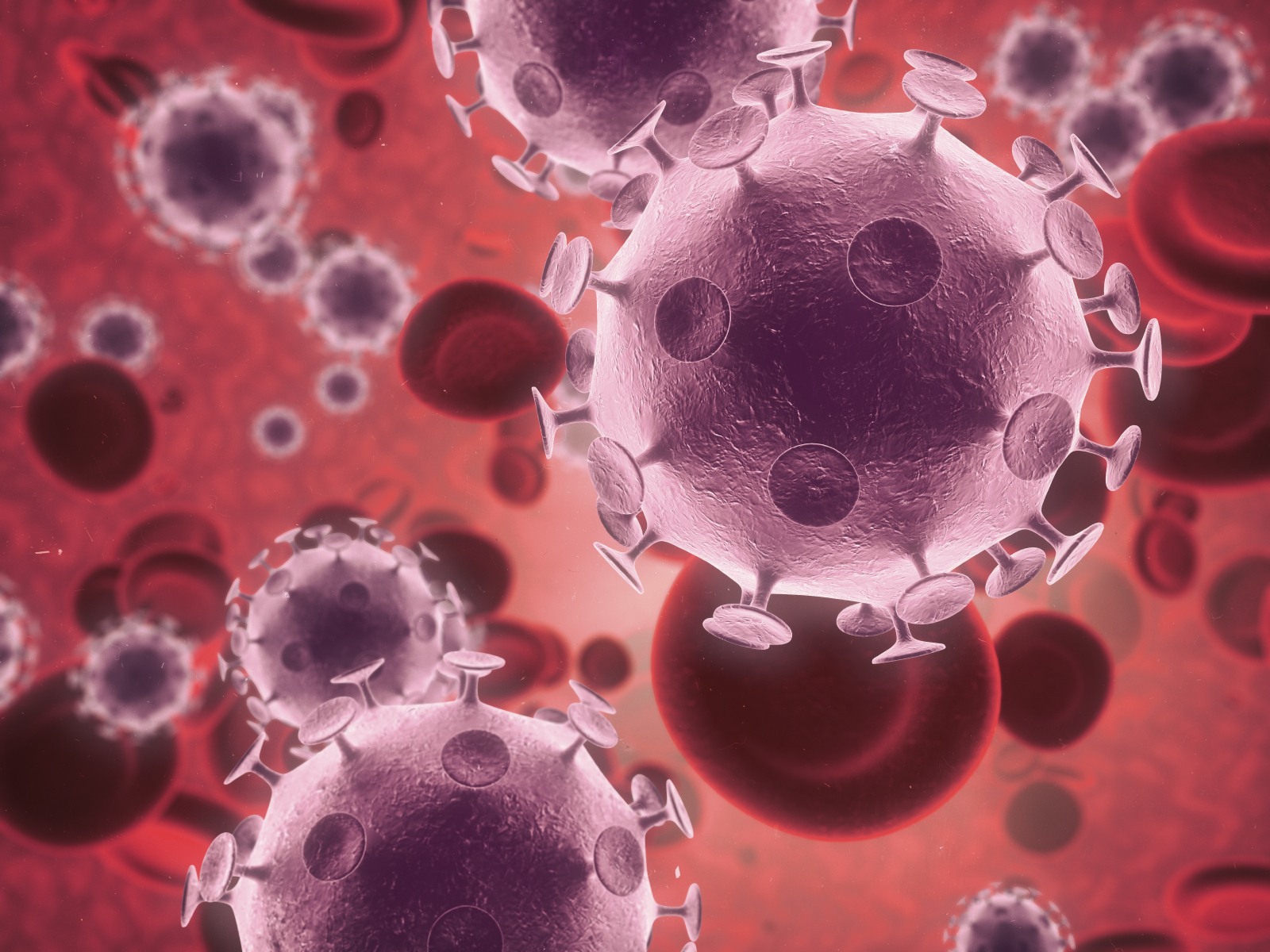Clinical

Clinical briefing: Sexually transmitted superbug
In Clinical
Bookmark
Record learning outcomes
Action is needed now to stop Mycoplasma genitalium becoming a sexually transmitted superbug

In 1981, researchers at St Mary’s Hospital, London, reported that they had isolated a previously unknown flaskshaped bacterium from the urine of two men with urethritis (inflammation of the urethra) that wasn’t caused by gonorrhoea.1
We now know that Mycoplasma genitalium causes distressing symptoms in men, threatens fertility in women and could be on the verge of becoming an antibioticresistant superbug.
Indeed, the British Association for Sexual Health and HIV (BASHH) warned recently that if multi-drug resistance emerges, “up to 3,000 women a year†with pelvic inflammatory disease (PID) caused by M. genitalium “could be at increased risk of infertilityâ€. Yet accurate diagnosis and resistance testing, which could help slow the superbug’s spread, isn’t widely available in the UK.
Delegates at an educational day run by BASHH in July heard that about 1.3 per cent of men and women aged 16 to 44 years harbour M. genitalium.2 Patrick Horner, consultant senior lecturer at the University of Bristol, told delegates that in men, M. genitalium increases the risk of non-gonococcal urethritis (NGU) almost six-fold (odds ratio [OR] 5.5) and that it is the second leading cause of NGU in men (9-25 per cent of cases) after Chlamydia trachomatis (11-43 per cent).
M. genitalium may also cause proctitis (inflammation of the lining of the rectum), epididymoorchitis (inflammation of the epididymis, testicle or both) and sexually acquired reactive arthritis, as well as increasing the risk of acquiring HIV. Further studies are needed to confirm causality and quantify the extent of the risk.
Michael Rayment, consultant in sexual health and HIV medicine at Chelsea and Westminster Hospital, noted that “women are more likely [than men] to suffer the greatest sequelae of genital tract infectionsâ€, yet “far fewer†studies have been conducted investigating the prevalence and significance of M. genitalium in women compared to men.
One meta-analysis has reported that M. genitalium was associated with an increased risk of inflammation of the cervix (OR 1.66), PID (OR 2.14), pre-term birth (OR 1.89), spontaneous abortion (OR 1.82) and infertility (OR 2.43), although the latter was not statistically significant.3
In a UK study of 313 women with acute PID, M. genitalium and C. trachomatis were isolated from similar proportions of patients (9.7 and 9.6 per cent respectively).4
Running out
Even more worrying is how to treat M. genitalium because treatment options might be running out. Michelle Cole, a microbiologist from Public Health England (PHE), warned that “antimicrobial resistance in M. genitalium to first- and second-line treatments is of growing concernâ€.
M. genitalium seems to be particularly likely to develop mutations and undergo recombination (gene transfer between bacteria), making it prone to develop resistance.
Azithromycin is traditionally the first-line treatment for M. genitalium, but between 58-86 per cent of the isolates tested by PHE (depending on the source) show one of the two genetic mutations associated with resistance. (M. genitalium is notoriously hard to culture, so genetic testing using nucleic acid amplification tests [NAATs] offer the best indication of the spread of resistance.)
About 5 per cent of M. genitalium isolates tested by PHE are resistant to the fluoroquinolone moxifloxacin, the traditional second-line drug. While this is a relatively low level at the moment, we might be on borrowed time – 60-70 per cent of M. genitalium isolates in Japan show mutations linked to moxifloxacin resistance. Worryingly, 78 per cent of fluoroquinolone-resistant M. genitalium isolates are also resistant to macrolides.
Another antibiotic, doxycycline, isn’t particularly effective against M. genitalium with an eradication rate of about 30 per cent. Resistance is especially likely to emerge when patients fail treatment or they harbour a high bacterial load. Doxycycline markedly reduces bacterial load, which is why new guidelines from BASHH suggest treating uncomplicated M. genitalium with doxycycline for seven days, before starting azithromycin, if susceptible, or moxifloxacin if not. (The guidelines offer full dosing details and treatment recommendations.)
Difficult to diagnose
Effective treatment depends on accurate diagnosis and susceptibility testing. Diagnosis, however, can prove difficult. Other STDs can cause similar symptoms, such as dysuria, discharge and post-coital bleeding. Indeed, before the advent of NAATS, M. genitalium was often misdiagnosed as chlamydia.
Most people clear M. genitalium without developing symptoms so, in general, testing asymptomatic people isn’t warranted. Rather, the BASHH guidelines suggest testing for M. genitalium in all males with NGU and all women with signs and symptoms suggesting PID.
The guidelines also suggest testing current sexual partners of persons infected with M. genitalium as they can be a source of reinfection even if they are asymptomatic themselves. Where possible, specimens positive for M. genitalium should be tested for mutations linked to macrolide resistance. Again, the BASHH guidelines contain a complete list of recommendations.
Despite growing evidence of serious sequelae and the emerging threat from bacterial resistance, a survey of 125 public health commissioners revealed that only one in 10 plans to fund M. genitalium diagnostic NAATs in their 2019/20 budget. Just 17 per cent say that diagnostic testing for M. genitalium has been implemented in their area.
“We call on the Government urgently to make this funding available and on sexual health experts to ensure they implement these new guidelines,†says BASHH president Dr Olwen Williams. “By not addressing this issue despite warnings from experts, we are letting down young people in this country.â€
